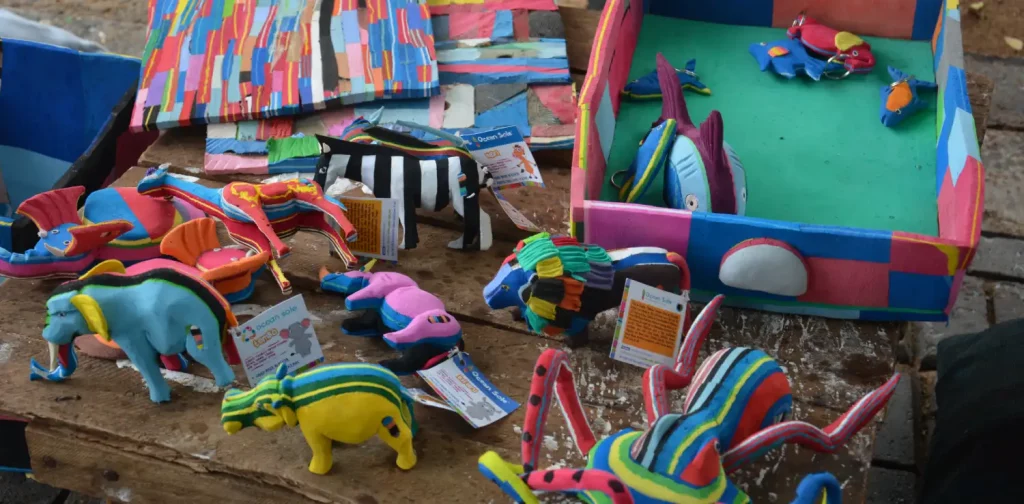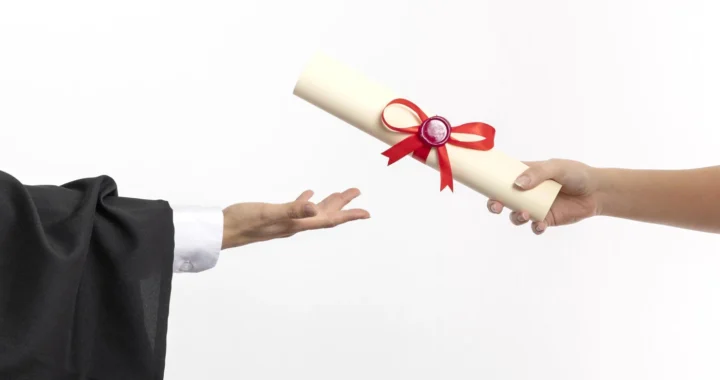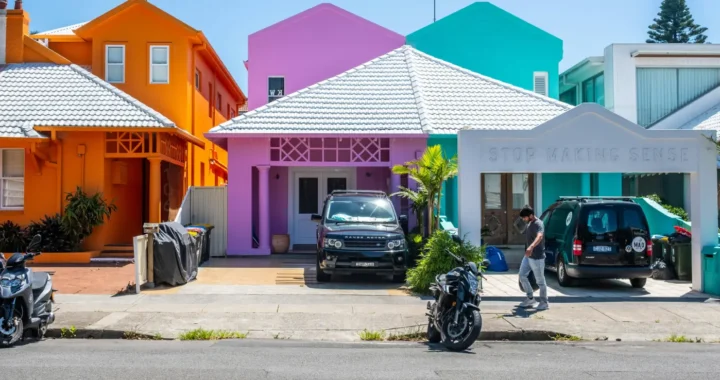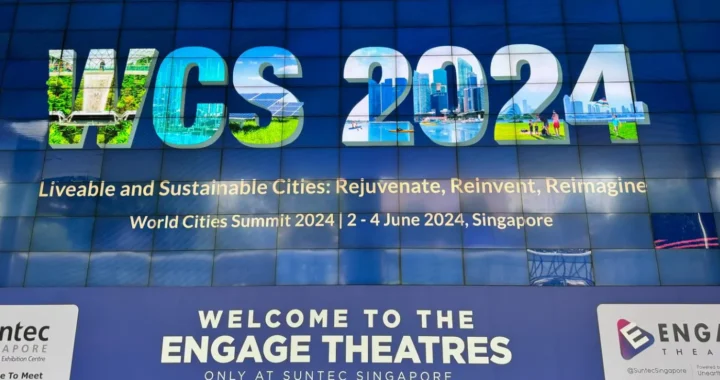Waste Upcycling: Ocean Sole Turns Discarded Flip-Flops into Artwork

Image by UNESCO Africa on Flickr
Flip-flops are easy to wear, inexpensive, and widely used by people worldwide. However, their widespread use has unintentionally contributed to an ecological waste crisis along the coast of Kenya. Ocean Sole turns to waste upcycling to help solve this issue by turning discarded flip-flops into sculptures.
A Critical Problem
A pair of flip-flops has a lifespan of approximately two years. Every year, a staggering three billion pairs are produced, and some reports suggest that over 200 million flip-flops are discarded each year. Their popularity and short lifespan result in flip-flops contributing an astounding 90 tons of pollution annually along the coast of East Africa.
The accumulation of discarded flip-flops going into the ocean has become a significant threat to marine life and ecosystems. The impact goes beyond visible pollution. Flip-flop waste contributes significantly to marine debris, posing threats to aquatic ecosystems through ingestion.
This issue is amplified by the transboundary nature of the ocean, leading to a global problem where millions of flip-flops end up discarded on beaches annually. Moreover, local populations that depend on the quality of the sea are also at risk as pollution increases potential health risks.
Ocean Sole and Waste Upcycling
Ocean Sole is a Kenyan organization that organizes recycling and conservation efforts. The organization provides solutions to the critical waste problem along the coast of Kenya. In 1999, Julie Church, a marine biologist and conservationist, established the organization after seeing entire beaches covered in discarded flip-flops. This discovery prompted Ocean Sole to take concrete action.
Ocean Sole has trained a group of Nairobi-based artists to upcycle used flip-flops into colorful sculptures of animal figurines. The collected flip-flops are cleaned and disinfected before the carving and shaping process begins. For small to large sculptures, the materials are shaped with a dye-cut machine, glued together, carved, sanded, and given final touches by the artists. For large sculptures, artists incorporate recycled styrofoam with flip-flops as its outer skins to create colorful and stunning artwork.
Their Impacts
Ocean Sole’s acts extend beyond the simple act of cleaning beaches. Turning used flip-flops into sculptures is an eye-catching way to reduce trash and contribute to the local economy by giving local craftspeople a livelihood.
Furthermore, this waste upcycling model also uses art as a form of environmental advocacy, communicating the critical need for sustainable production and consumption behaviors. The artworks created could serve as a visual reminder of how much waste we discard, how many things we buy and consume, and how harmful the production process might be throughout the supply chain.
Ocean Sole showcases how waste can be reused and turned into beautiful things to prolong its life cycle. Still, tackling the issue of waste needs to start at the production level. Reducing remains the first step in creating a circular industry. A rethinking of affordable and sustainable footwear options and materials is needed. Innovation and creativity with a sense of crisis in these times would drive people to contribute thoroughly to overcome environmental problems.
Thank you for reading!
Green Network Asia – International Annual Individual Membership supports your personal and professional growth with unlimited online access to our “Exclusive Content” platform purposefully designed to showcase cross-sectoral insights on sustainable development and sustainability in the Asia Pacific and beyond. Enjoy the Membership benefits, including -but not limited to- public policy & regulatory updates, easy summaries of research findings & reports, and impact stories from governments, businesses, and civil society.


 Upholding the Machángara River’s Rights of Nature Against Pollution
Upholding the Machángara River’s Rights of Nature Against Pollution  Accelerating Gender-Responsive Disaster Management with Sendai Gender Action Plan
Accelerating Gender-Responsive Disaster Management with Sendai Gender Action Plan  ASEAN and the EU Support Sustainable Connectivity with a Higher Education Program
ASEAN and the EU Support Sustainable Connectivity with a Higher Education Program  Australia Proposes Right to Housing Bill to Tackle Housing Crisis
Australia Proposes Right to Housing Bill to Tackle Housing Crisis  World Cities Summit 2024: A Trigger to Help Build a Sustainable Singapore
World Cities Summit 2024: A Trigger to Help Build a Sustainable Singapore  Mama Bambu: How Women in Flores, Indonesia Take Part in Environmental Conservation
Mama Bambu: How Women in Flores, Indonesia Take Part in Environmental Conservation